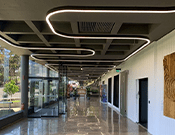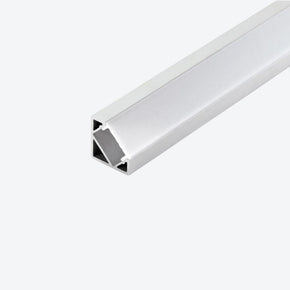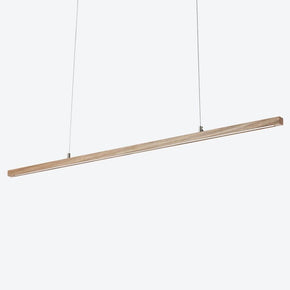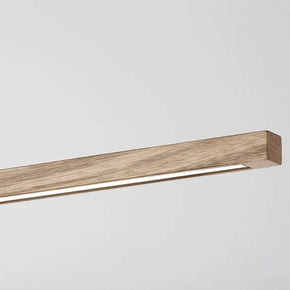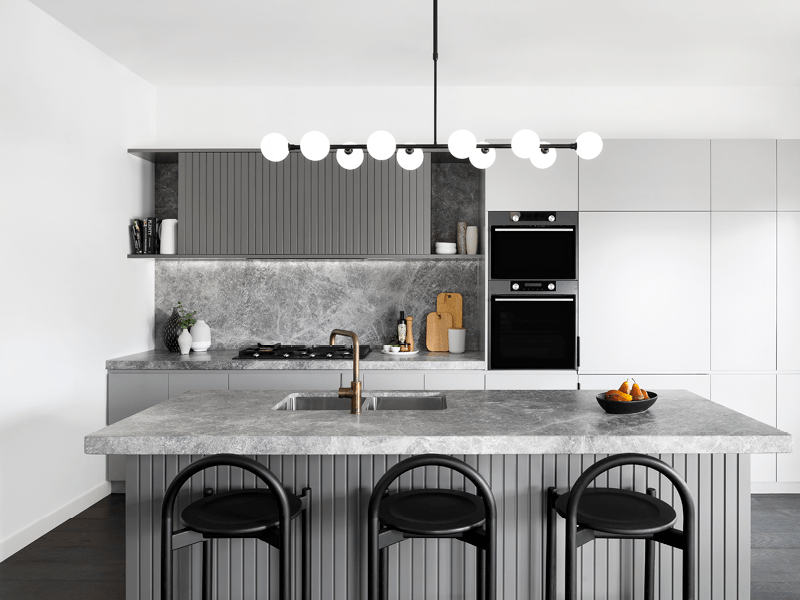- No products in the cart.
- ``
Are beam angles important?
18
Feb
It’s a question we get asked a lot at About Space. And the answer is: absolutely! Beam angles play a big part in lighting up a space, giving you the ability to control the light distributed in the area and direct the light to specific spaces.
Use this handy guide when deciding which beam angle will work best in your space. Please note, that the best beam angle choices will depend on the height of your ceiling, so it is always best to ask for advice from a lighting consultant on these matters.
What is a beam angle?
The beam angle is the measurement of light’s distribution - the angle at which the light spreads out from the light fitting. Beam angles are measured in degrees, from the peak of the light’s intensity, to where the intensity drops off at around 50%.
Generally speaking, a narrow beam angle will give you a concentrated light, which is ideal for accent lighting, and a wider beam angle will give you more general soft light.
When should you choose a narrow beam angle?
A narrow beam angle is a great option for concentrated lighting, to illuminate surfaces and highlight finer details in a space. For example, in a kitchen you should opt for a narrow beam angle over all task areas like the benches and dining tables. This will give your surfaces sufficient lighting to complete tasks like meal prep, cooking and cleaning.
When should you use a wide beam angle?
Lounge rooms are a perfect space for wider beam angles, since you don’t need the area to be as bright. Wider beam angles distribute light to more areas of the room, making it a perfect option for spaces where you need to flood the area with light but you don’t need the light to be as intense.
What if you have high ceilings?
Knowing how to use beam angles correctly can significantly improve the lighting effects in a room. For a standard ceiling height of 2.4m to 2.7m, a wide beam angle of 60 degrees or more is recommended. Whereas, for higher ceilings, a narrow beam is a better option and you’ll need more lights to fill the space. Due to the distance the light has to travel for high ceilings, the angle will increase as the light is further away from the starting point, which makes it ideal for lighting up the space.
Got more questions?
Get in touch with the friendly team at About Space! Our experienced team of lighting experts and designers can help you pick the perfect light fitting and beam angle for any space.





